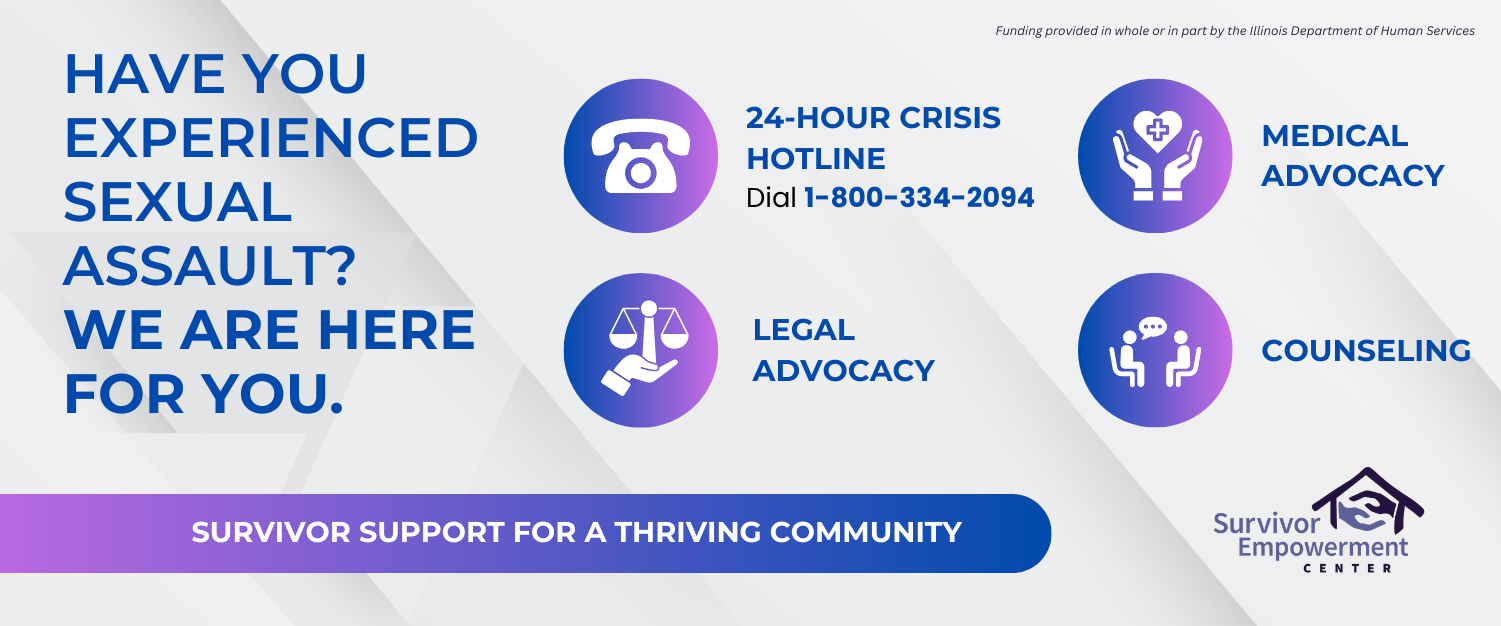Google continues to improve futuristic equipment
November 21, 2013
In an effort to revolutionize the way people see and hear the world, Google last week unveiled the new music features for Google Glass.
But for everything the tech can do, there are still some legal bugs to be worked out.
The still elusive $1,500 headgear now features hands-free music searches of artists, songs and playlists by voice command. By saying, “okay (Google) Glass, listen to Michael Jackson’s ‘Thriller,’’’ the device loads the album through Play Music – Google’s media playing service – and shows the album artwork and information through the right-eyed lens.
Advertisement
Last spring, Google released a limited supply of Google Glass to about one thousand beta-testers who have had an exclusive opportunity to test its many functions. Cynthia Turner, a Cornell University professor of music, has used Google Glass for a couple of months and has demonstrated how the built-in webcam has revolutionized the way she teaches her students.
“(Glass has) made my and the student’s life a lot easier,” Turner said in an email. “The almost immediate feedback and video from the instructor’s perspective is terrific.”
Turner uses Google Glass to film students from a personal view so they can get a first-hand look at poor techniques. An example she uses is of a student lifting his shoulders during a downbeat – which creates tension during a performance – and she films the problem and the necessary fixes. The ability to instantly upload the recordings or photos to a computer allows the students to have immediate feedback.
“Learning an instrument is difficult and (Google) Glass might be able to facilitate,” she said. “One might imagine, for example, guitar tab embedded in the Glass, which would remove the need to turn pages on sheet music.”
Turner has a 19-minute video on her Google Glass-devoted blog that demonstrates her conducting a music ensemble from a first-person perspective. From her point of view, the viewer experiences her waving to the crowd at Everson Museum in Syracuse; each musician nods to her, affirming that they are ready to begin.
Although Google Glass offers an exceptional view from the eyes of Turner, the video tends to be jerky because of the physical demands of conducting.
“I need to curb my enthusiasm,” she said.
Advertisement*
Other musical artists in recent weeks have demonstrated how they use Google Glass professionally.
In a promotional video, music producer and DJ Young Guru showed many valuable Google Glass features. He uses the translation feature to order authentic Mexican food in Spanish; after hearing a Latin song in the restaurant, he looks up the album and is able to find a music store carrying the record. Young Guru uses Google Glass to record the sounds of the city during his commute and then uses those sounds and the purchased record to make a new song at his studio.
Although most people do not have the luxury of recording and producing Jay Z albums, Google Glass still serves more practical uses.
Several other features have periodically been announced since Google Glass was first introduced; which has driven consumers’ intrigue and buzz around the Sci-Fi-imagined headset.
Dav Glass, a Yahoo programmer working out of California from Marion, demonstrated his new pair of Google Glass.
To turn the headset on, he tilts his head back to a 30-degree angle until the home screen appears in the lens. By gently swiping a finger left or right against the side of the frame, the device displays different windows, like for checking the forecast or recording a video.
Glass said he likes having the ability to take pictures and instantly send them to Facebook or Twitter. Google Hangout lets him have webcam conversations with friends who can see everything from Glass’s perspective – another feature he enjoys. The device can also scan prices of products via the UPC code and find the cheapest options for someone looking for the best deal.
However, Glass said the device does have room for improvements. The device doesn’t have an Apple operating system, which means the user must have an Android phone with Wi-Fi or Bluetooth capabilities to get the product’s full effect. Google Glass running on the support of an iPhone’s Wi-Fi or Bluetooth can’t use the navigation app or send hands-free text messages. It also cannot send content not generated through the device.
Despite its limitations, Glass is confident the product will become more compatible with Apple operating systems once the device is more readily available on the market.
Ryan Holte, an assistant professor at SIU’s School of Law, said Apple and Samsung enthusiasts should feel reassured that third-party applications like iTunes and Spotify will be available for Google Glass, despite Google’s effort to promote its own brands.
“The Google Glass – the actual eyewear product – is obviously a unique innovation that Google holds patents on,” Holte, who specializes in intellectual property law, said.
Holte said that, like a cellphone, electronic devices like Google Glass might have thousands of patents relevant to anything from the look and feel of the product to how the phone communicates with the cellphone tower.
“Generally, kind of like the iPhone, you release all of the patents that are necessary to have an application developed that would function with your device,” he said. “Then that promotes third parties to create applications that work with the device and not have to pay your company any contractual-licensing.”
The more Google Glass-capable applications from third parties, the more valuable it would make Google’s product; thus consumers are more likely to buy Google Glass.
“So my speculation is that while it probably is possible for Google to block people from using the (Google) Glass to only have Google features on it, it seems like from just doing a simple search of the applications that are already available on Google Glass, they are releasing all of the rights to create applications that would function on it,” Holte said.
There are also concerns of potential privacy breaches with Google Glass because it can record video and take pictures, hands-free. Since cellphones make it easier for someone to be recorded in a pseudo-private location, Google Glass should, in theory, make it easier because of its ability to enhance and speed up the communication process.
However, Holte said voice-command options will make recording less of an issue. Functionality controls written out by third parties or locked software by the initial developers could prevent privacy breaches.
“I think that’s good, and it sounds like Google has thought about those things and put them into the product,” Holte said.
Of course, there is always the risk of fast crime by muggers looking for an easy steal.
“If we have something that is as expensive as $1,500 that is just going to be worn on your face, it seems to me that in high-crime areas where you’re prone to pickpockets or run-by muggings, there would be a greater concern of just having the Google Glass stolen from your face,” Holte said.
Google has not yet announced solutions to potential theft of the expensive headset.
In the past month, Google has allowed the initial beta-testers to invite three people to adopt Glass for the $1,500 price tag. The company also announced stereo headphones available for $85 that connect through the USB port underneath the frames. A high-quantity release of Google Glass has yet to be determined by Google.
Advertisement







